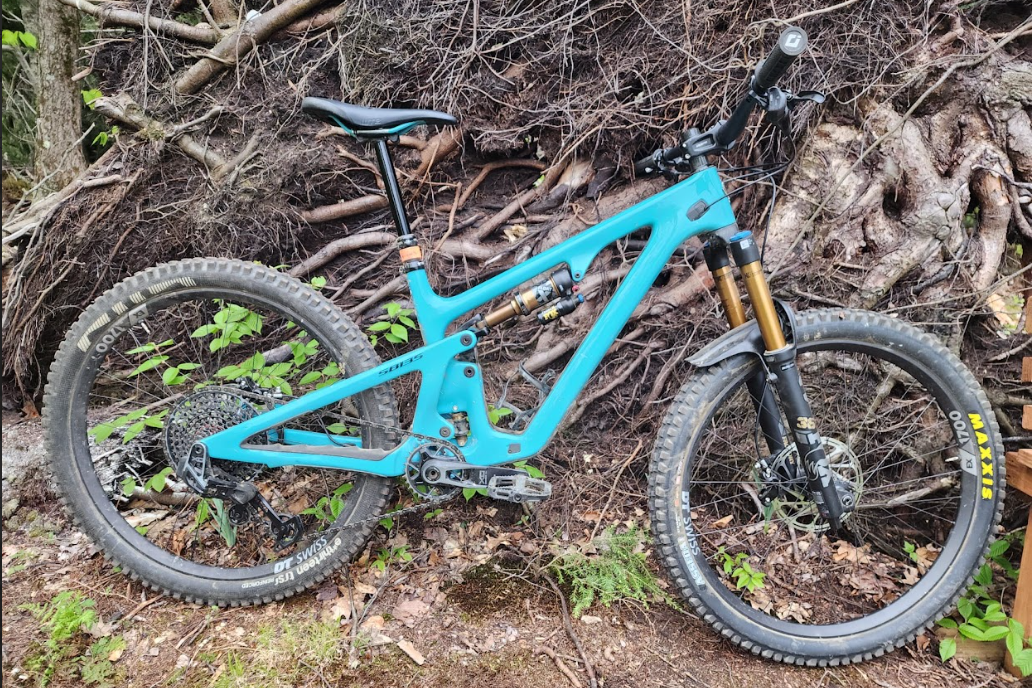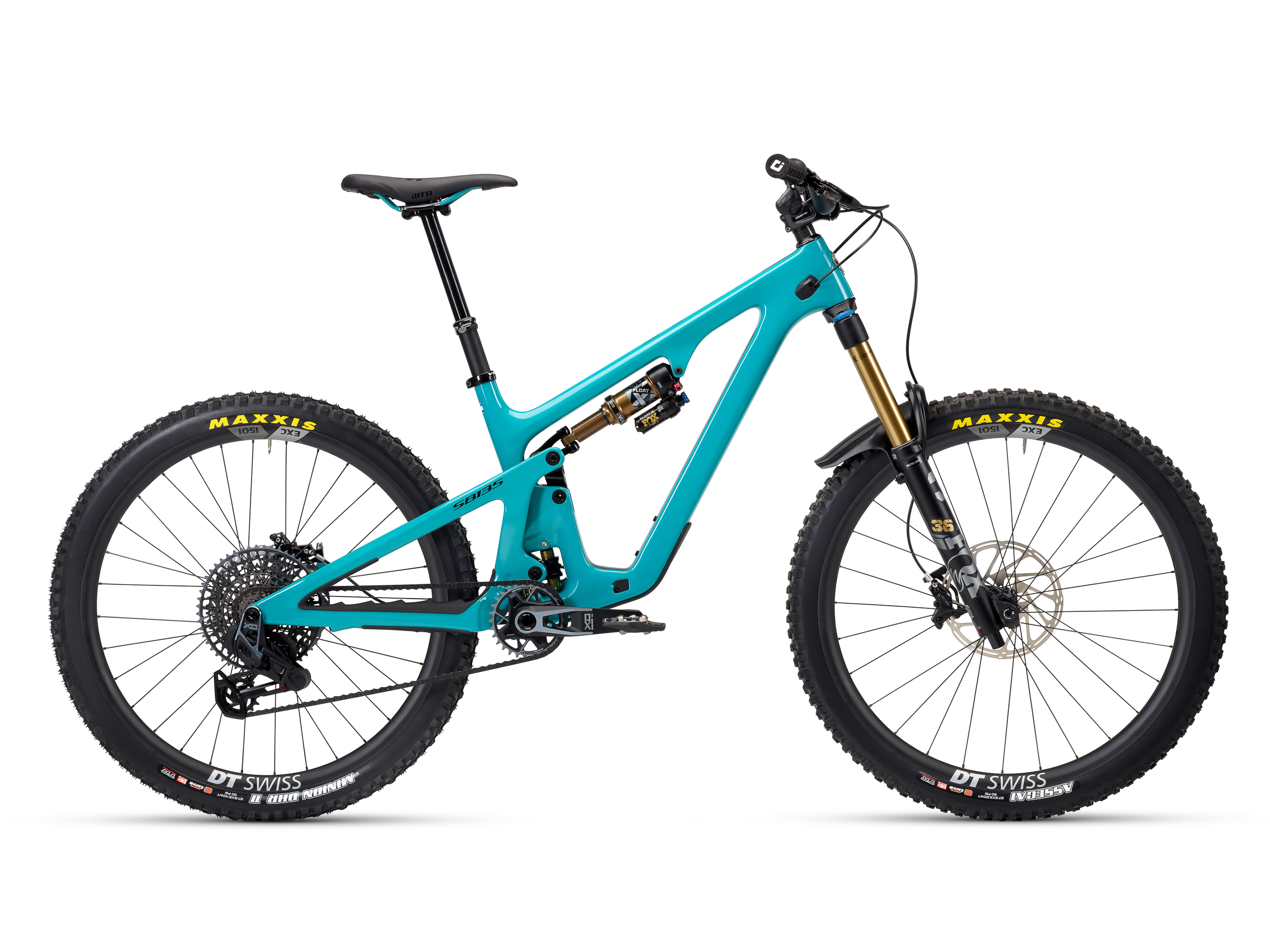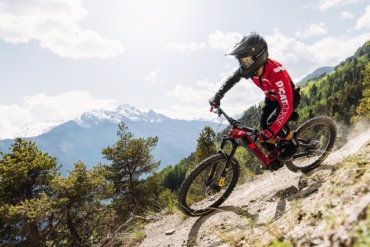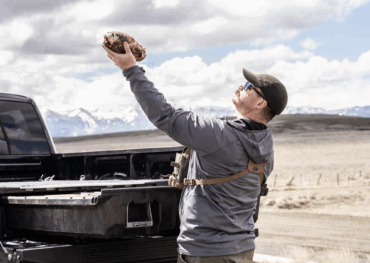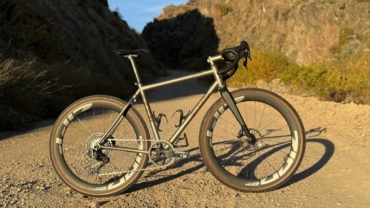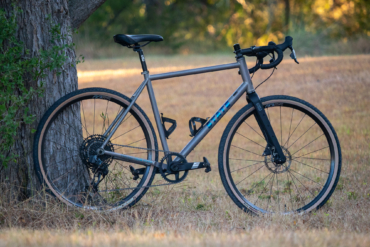Yeti’s SB135 opens the door to high performance for those folks and anyone who just wants to have fun trail riding. The SB135 has 135 mm of rear travel and 160-170 mm of front travel. It’s a high-performance 27.5-inch wheel bike that’s playful, capable, and generally awesome. It’s a bike that bucks the trends and gets back to the roots of MTB in a good way.
Three riders tested the SB135 for 2 months on Vermont singletrack for this review. The chosen trails are notorious for roots, rocks, and technical riding. We rode for 30 minutes to 5 hours on XC, all-mountain, and enduro terrain from green to double black on the difficulty scale.
In short: Yeti’s SB 135 is one of the most fun bikes that I’ve tested this season. If you’re a shorter rider who prioritizes fun over pure performance, there’s no better bike to get you there.
- Frame material: Turq series carbon
- Fork: Fox Factory 36 GRIP 2, 160mm
- Shock: Fox Factory Float X
- Drivetrain: SRAM XO Eagle AXS Transmission
- Wheels: DT SWISS Custom EX1700 30mm
Pros
- Easy to flick, jib, hop; super playful
- Great descender
- Great for shorter riders
- Many versions available
Cons
- Slightly sluggish on climbs
- 27.5" wheels don't roll over obstacles as easily as 29" wheels
- Lowest price version is still expensive
Yeti SB135 Frame Features
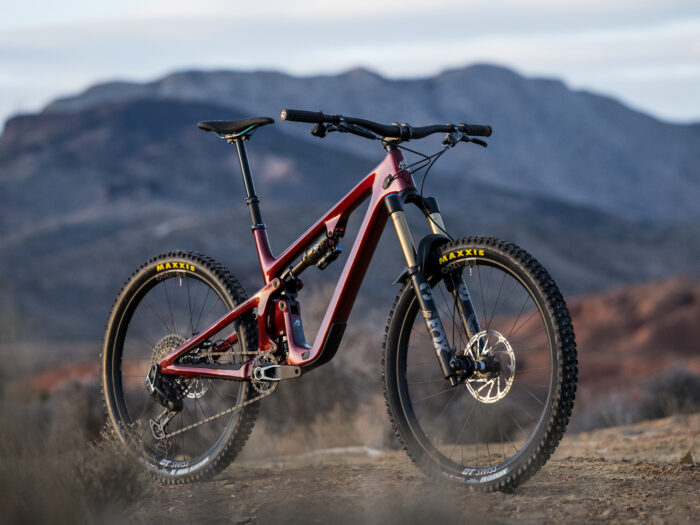
The 27.5-inch wheel Yeti SB135 has many of the same innovations as the 29-inch wheel Yeti bikes that debuted in the fall. An ultralow-slung top tube minimizes stand-over height, and the wishbone shock extender makes the already low top tube even lower. Yeti also designed and manufactured a new suspension link that improves pedaling efficiency and gives the bike a cleaner look.
These frame designs let Yeti tune the leverage ratio while maintaining its trademark kinematics. And the wishbone also makes removing the shock for service a piece of cake.
A shorter seat tube lets Yeti spec the SB135 with long dropper posts in all sizes. That’s a feature the testers couldn’t praise highly enough. With this bike, most riders can run a 150mm dropper post on XS and S frames, 175mm on M frames, and 200mm+ on L and XL frames.
Yeti SB135 Sizes
Yeti makes the SB135 in five sizes and six builds. And it’s the smallest sizes that deserve extra props.
Yeti builds super compact linkage hardware for the XS and S sizes of the SB135 to get the lowest possible standover height while still maintaining a long, straight seat tube compatible with a long-than-average dropper. The standover height, which is 26.6 inches in size XS, is measured where a rider stands over the bike, not at the lowest part of the top tube.
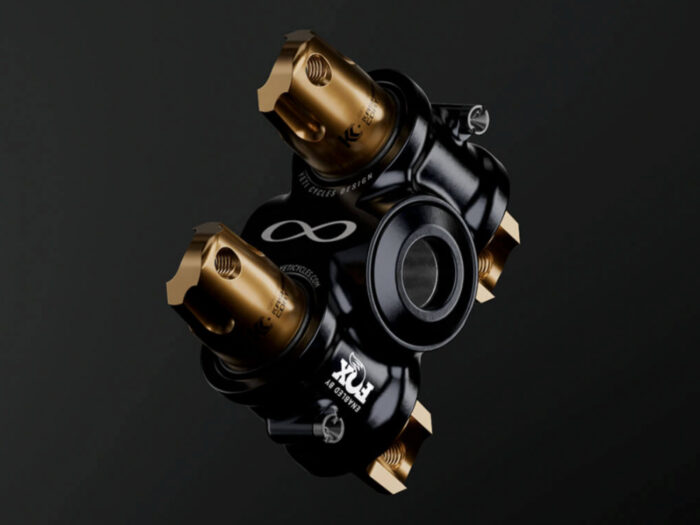
Yeti moves the shock mount to the downtube in the smallest sizes to maintain the bike’s kinematics. The brand also tunes its signature Switch Infinity translating pivot for the anticipated rider weight range.
“The SB135 extra-small and small sizes were a completely different frame project for our engineers,” said Ryan Thornberry, Yeti’s Bike Product Manager. “In those sizes, the bike has its own rear triangle and upper link. We retooled for those sizes so the bike rides without compromises in all sizes, and it looks the same as the same bike in larger sizes. Continuing to innovate around 27.5 wheels is a hot topic. And while some brands claim the wheel size is dead, we get a lot of thank yous for ‘making a bike for shorter people’ and people who just love the playful feel of riding smaller wheels.
“It’s a market that isn’t talked about a lot and one we don’t want to walk away from. Mulleting a bike makes a 29” wheel bike more fun. But that’s what 27.5 does from the start.”
Yeti SB135 Builds
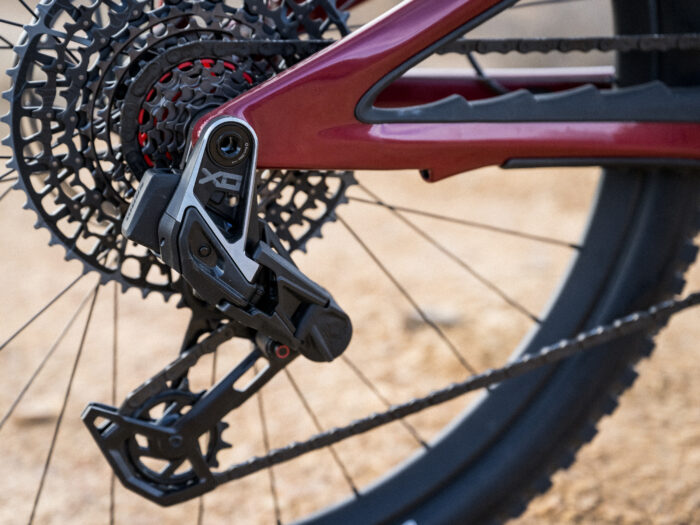
Yeti offers the SB135 in a standard build for those who want a light bike that gets the most for their money. The Lunch Ride edition is for the rider who wants more braking power and a little more squish.
The price for a complete bike starts at $6,400. The SB135 we had the pleasure of testing was an SB135 Lunch Ride Turq 3 (LR T3, $9,500) with SRAM’s new Eagle Transmission, which shifted superbly. The LR edition is for the rider who wants more braking power and a little more squish.
The LR T3 is built with Yeti’s top-of-the-line Turq carbon frame and has a 170mm Fox Factory 36 GRIP2 fork instead of the 160mm that comes on the standard version. The bike had a SRAM X0 Eagle AXS Transmission.
The verified weight of our M-size sample Yeti SB135 was 31 pounds, 7 ounces, without pedals. All models come with a lifetime warranty.
Yeti SB135 Ride Impressions
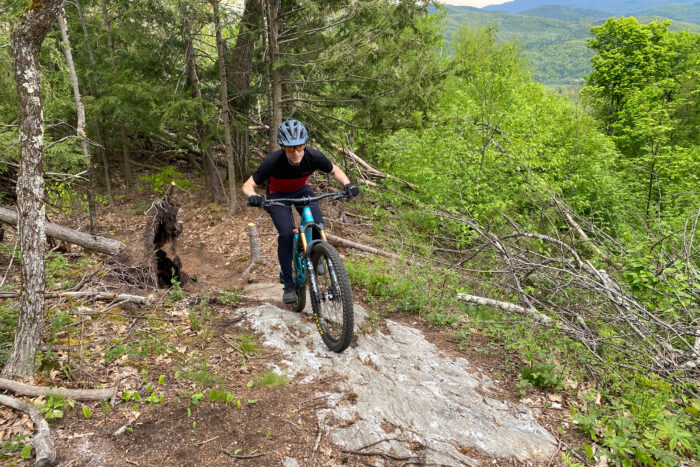
How Did the 27.5-Inch Wheels Roll?
For years, Yeti has separated its bikes into “Rip” and “Race” categories. The Yeti SB135 sits firmly in “Rip.” But that’s not to say it was slow. One tester clocked a top-three fastest times riding Perry Hill in Waterbury, Vt., on this bike.
Sure, 29-inch wheel bikes roll over rough spots in the trail more easily. But this one cruised scary rolls, cascading drops, and a gnarly three-pitch root fest as well as any 29er. Maybe it was a tad less forgiving of rider mistakes, but I can’t say because I sailed through without a hitch.
Thornberry did admit that smaller 27.5-inch wheels roll a smidge deeper into divots in the trail compared to 29ers. But it was subtle enough that not all testers noticed the negative impact on rolling ability.
Some testers wondered if any of the alleged “cons” of a 27.5” wheel bike were really just in their heads. “I rode two double diamond trails just as I would have ridden a 29er,” said one. “Maybe I needed to be a hair more precise? The bike didn’t bog down as much, and like any Yeti, the bike did a lot to make up for user error.”

Descents let me lose myself in the flow, and the bike was a fine climber, but it felt slightly sluggish compared to other Yetis. And I’ve ridden all of them for at least the past 5 years. But some testers said they didn’t notice any difference on climbs.
Others attributed the sluggishness to their lack of ability to climb steep, technical terrain. Still others postulated that we tested this bike early season in Vermont before riders’ legs had fully transitioned from skiing to biking.
Suspension and Chassis Characteristics
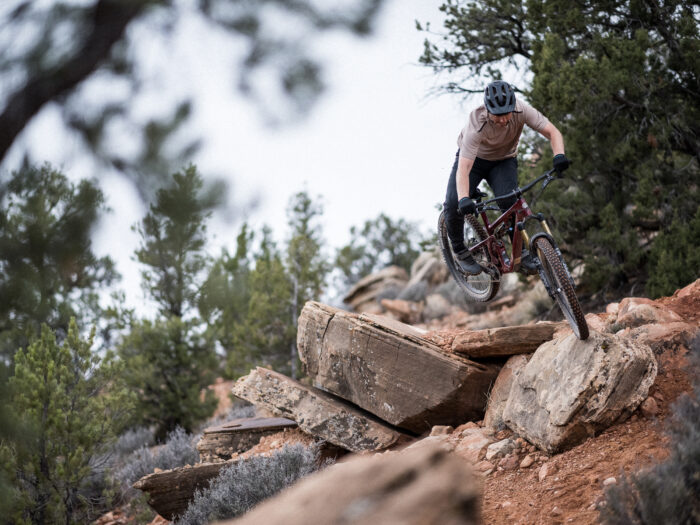
Pedaling efficiency was excellent. In a month of riding this bike, I never needed to lock out the suspension. And during many rides, friends on other bikes were constantly fiddling with their shock lockout.
I loved the extra ground clearance on the Yeti SB135, pedal striking was nonexistent. And I appreciated the extra protection on the downtube, just in case. On one ride, I kicked up a large rock that struck the frame, and the rubber downtube protector prevented damage.
I found my own riding style changed a little bit on the SB135. Less rotational wheel weight made cornering more fun. Startup speed was fast, so I got a jump on other riders when I took off after a break. Smaller wheels take less time to get going. Several riders who tested the bike commented that the acceleration was rocketship-fast.
The Yeti SB135 has a 5mm shorter reach and a shorter wheelbase than the 29-inch wheel SB140, which helps it initiate corners faster. On descents, this bike hopped, jibbed, and soared. It inspired me to take new lines, ones with rocks and bumps I could boost off of. Small wheels and a slightly more compact wheelbase made the bike easier to move around than the SB140.
A lot of brands use high leverage rates in their 27.5 bikes. A too-high leverage rate means that the rider will tend to blow through the initial suspension stroke, making the bike feel like it has shorter travel than it does. Thanks to Yeti’s proprietary Switch Infinity, the SB135 product team could spec a leverage rate the same as in the 29-inch SB140, creating suspension action that felt bottomless.
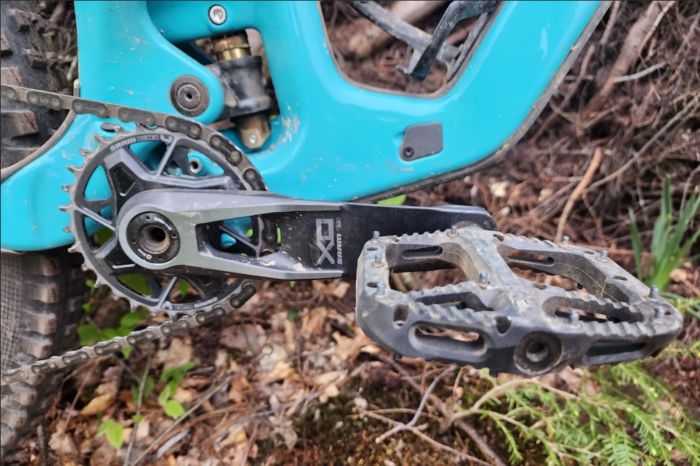
Yeti SB135 Closing Thoughts
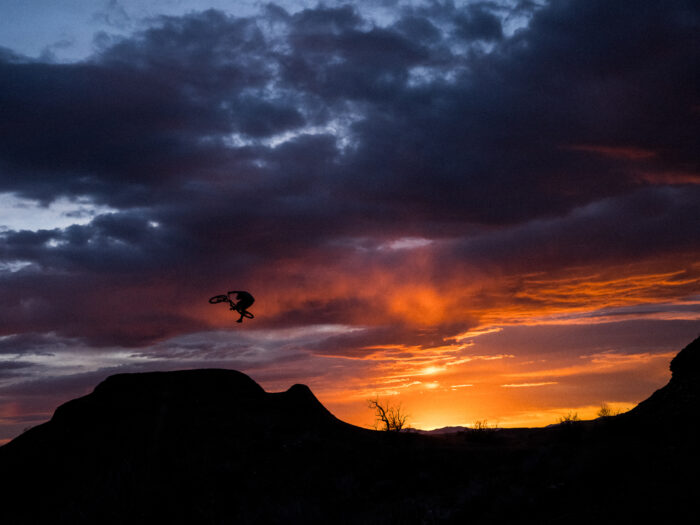
If you’re a rider who desires fun over absolute performance and who loves to look for every rock, bump, and stump to jib off of, this bike will add snap, pop, and air to your lines.
If you’re a smaller rider who wants a bike to finesse the tech, from waterfalls of roots to rivers of steep rocks, this bike has clear advantages over others. The low standover heights on the Yeti SB135 are notable, starting at 26.6 inches on the XS size for riders from 4’10”.
Yes, the SB135 is a 27.5 bike, which seems rare nowadays. And, regardless of build, they don’t come cheap. But Yeti’s proprietary Switch Infinity translating pivot provides such a bottomless feel. And the bike’s shorter wheelbase, lighter wheels, and lower standover height deliver a playfulness that is hard to put a price tag on, especially for shorter pilots.
